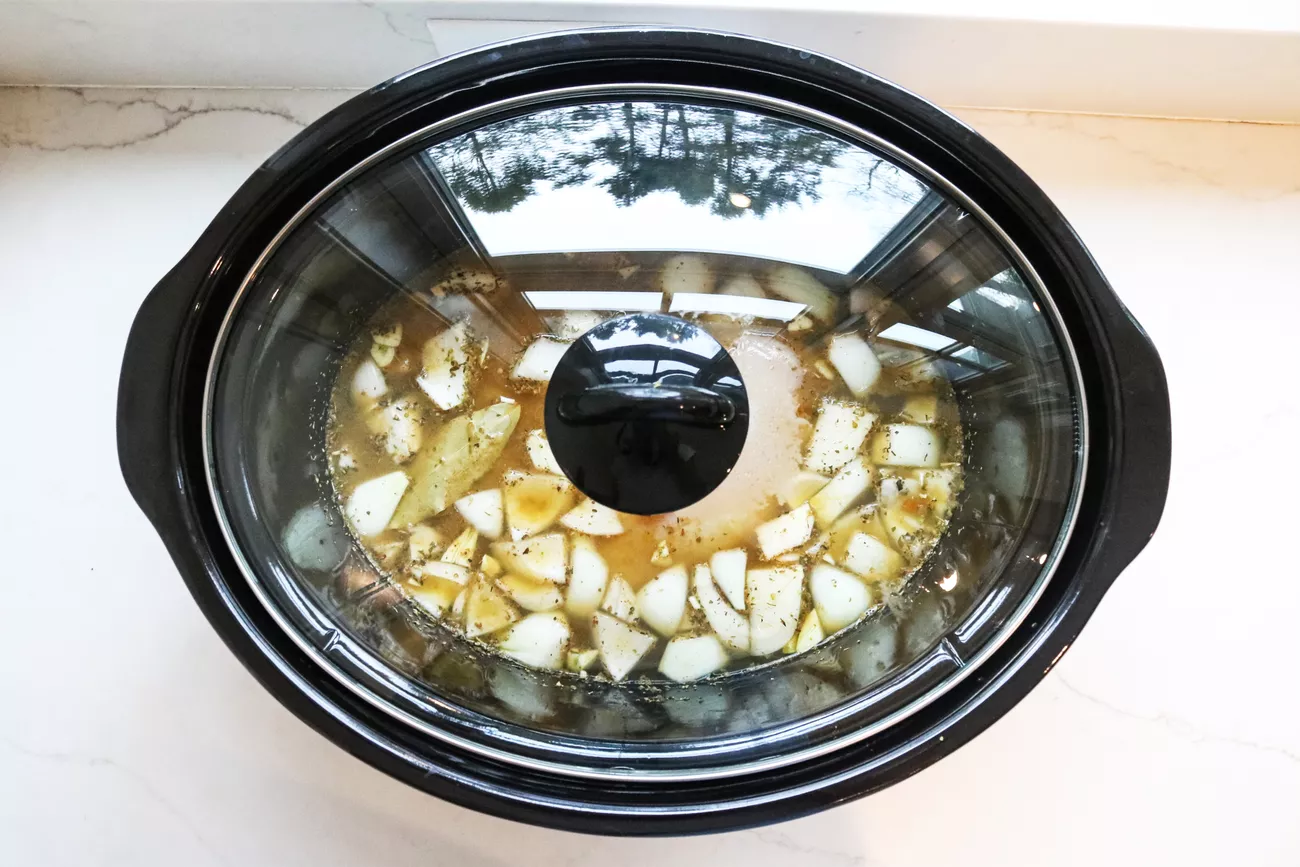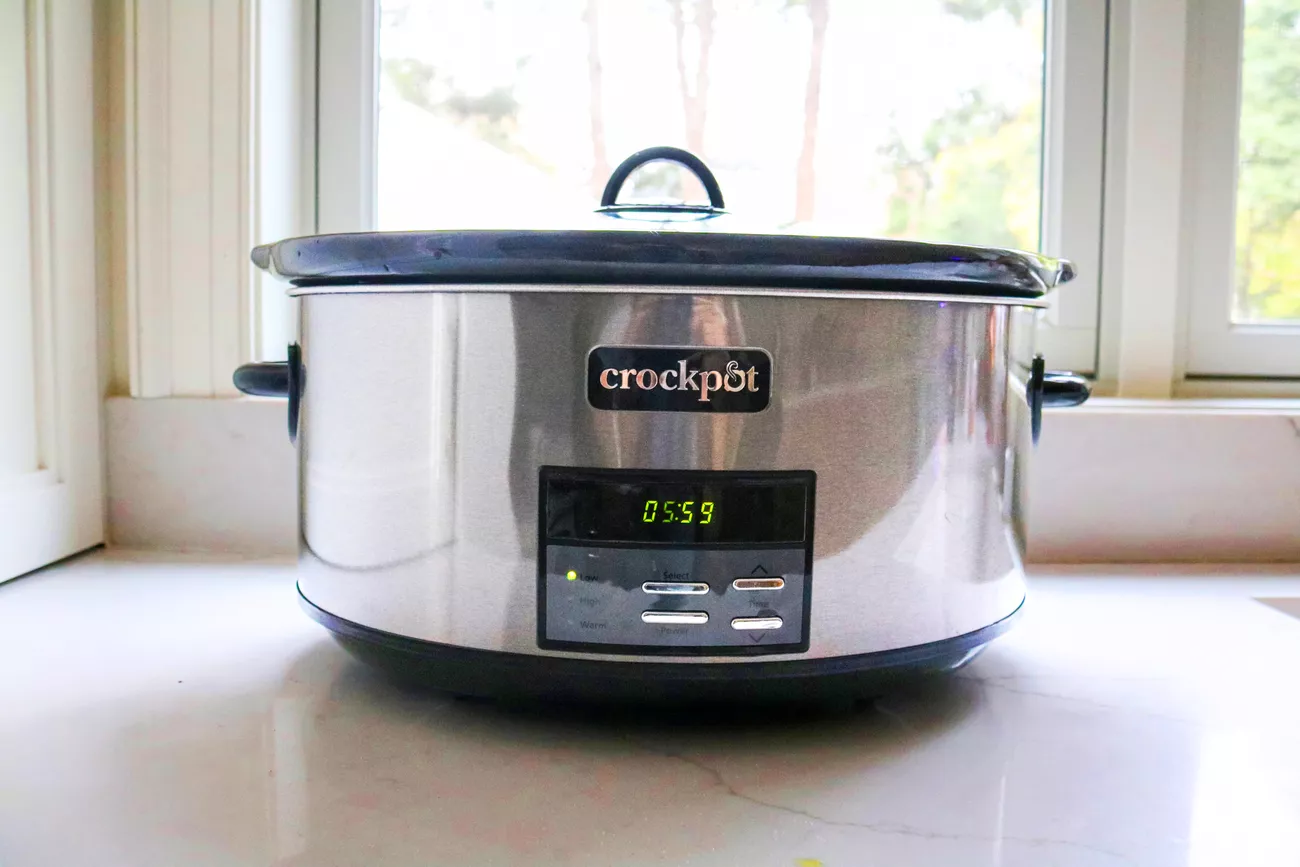Hey there, fellow food lovers and welcome back to Crock Potz! It’s your host from the kitchen, and today we’re tackling one of the most common questions I get. You’ve unboxed your shiny new slow cooker, or perhaps you’re eyeing an upgrade, and you’re wondering: Are Programmable Slow Cookers Better than their classic, manual cousins? It’s a great question. We all dream of that perfect “set it and forget it” meal, but I’ve learned the hard way that a few extra features can be the difference between a fall-apart tender pot roast and a dry, overcooked dinner disaster. So, let’s plug in, turn the dial, and dive deep into this kitchen debate.
The Great Slow Cooker Showdown: Manual vs. Digital
Before we declare a winner, it’s crucial to understand what we’re even talking about. At their core, all slow cookers do the same thing: they use low, consistent, moist heat to cook food over several hours. The magic is in the heavy stoneware insert and the surrounding heating elements. But the control is where the two types diverge.
The Classic Contender: The Manual Slow Cooker
You know this one. It’s probably what your mom or grandma used. It has a simple, straightforward knob with just a few settings: Off, Low, High, and sometimes Warm.
- Simplicity is Key: There are no complex buttons or screens. You turn it on, you choose a setting, and that’s it. It stays on that setting until you physically turn it off.
- Built to Last: With fewer electronic parts, these workhorses are often incredibly durable and can last for decades.
- Budget-Friendly: Manual models are almost always the most affordable option, making them a fantastic entry point into the world of slow cooking.
- The Catch: There’s no timer. If a recipe calls for 8 hours on Low, it’s up to you to be there at the 8-hour mark to turn it off. Leave it for 10 hours, and it’ll just keep on cooking.
The Modern Challenger: The Programmable Slow Cooker
This is the digital-age version. It features a digital display and buttons that let you set a specific cooking time, often in 30-minute increments.
- Total Time Control: This is the main event. You can set it to cook on High for 4 hours or Low for 8 hours.
- The Automatic “Keep Warm” Switch: Once the programmed cooking time is up, most digital models automatically switch to a “Keep Warm” setting. This is a game-changer for anyone who isn’t home the exact moment dinner is done.
- Peace of Mind: This feature prevents overcooking and keeps your food at a safe, serving temperature until you’re ready to eat. It’s perfect for long workdays or running errands.
- More Features, More Complexity: Some higher-end models come with temperature probes, pre-set programs for different types of food, and more.
So, Are Programmable Slow Cookers Better for Your Kitchen?
The honest answer? It depends entirely on your lifestyle and how you cook. Let’s break it down with some real-world scenarios I’ve faced in my own kitchen.
Scenario 1: The Busy Weekday Warrior
You work a 9-to-5 job (or longer!) and have a commute. You want to come home to the delicious aroma of a ready-to-eat meal. You’re prepping a classic slow cooker pot roast that needs 8 hours on Low.
- Manual Slow Cooker: You leave at 7 AM and won’t be home until 6 PM. That’s 11 hours. If you leave your roast cooking, it will be on for 3 hours too long. The result? Potentially dry meat and mushy vegetables.
- Programmable Slow Cooker: You set it for 8 hours on Low before you leave. At 3 PM, the cooker finishes its cycle and automatically switches to “Keep Warm.” When you walk in the door at 6 PM, your dinner is perfectly cooked and waiting for you at an ideal temperature.
Verdict: For the 9-to-5er, the programmable model is a clear winner. The “Keep Warm” function isn’t a luxury; it’s an essential tool for a stress-free weeknight dinner.
Scenario 2: The Weekend Home Cook
It’s Sunday, and you’re home for the day. You’re making a big batch of slow cooker chili for the week ahead. You’re around the house, doing chores, and can easily check on things.
- Manual Slow Cooker: You turn it on Low and let it bubble away. Since you’re home, you can easily turn it off or switch it to Warm whenever you feel it’s ready. The simplicity is actually a benefit here—no need to fuss with timers.
- Programmable Slow Cooker: You can certainly set the timer, but it’s not strictly necessary since you’re there to manage it. It works just as well, but its main feature isn’t being utilized.

Verdict: In this case, it’s a tie. A manual slow cooker does the job perfectly and might even feel more intuitive for a lazy Sunday cook-a-thon.
Scenario 3: The “Dump Dinner” Fanatic
You love the idea of “dump dinners”—literally dumping all your ingredients into the pot in the morning. Many of these recipes have flexible cooking times.
As our friend Sarah Carter, a food blogger specializing in convenient family meals, says: “The beauty of a true one-pot slow cooker meal is its forgiveness. A good beef stew or pulled pork can often handle an extra hour on Low without issue. The key is having enough liquid to start with.”
- Manual Slow Cooker: Perfect for forgiving recipes. If your pulled pork is supposed to cook for 8 hours but goes for 9, it will likely just be even more tender.
- Programmable Slow Cooker: Also works great, and the timer provides a safety net. But for recipes that aren’t fussy about timing, you might be paying for a feature you don’t always need.
Verdict: A slight edge to the manual for its cost-effectiveness and simplicity, but both work well. The question of are programmable slow cookers better here is less about function and more about price.
Pro Tips for Any Slow Cooker
No matter which model you choose, some rules are universal. I’ve learned these through both delicious successes and a few… let’s call them “learning experiences.”
- Layer Like a Pro: Always put hard, root vegetables like potatoes and carrots at the bottom and on the sides of the crock. They take longer to cook and need to be closer to the direct heat source.
- Don’t You Dare Peek! Every time you lift the lid, you release a significant amount of heat and steam. This can add 15-20 minutes to your cooking time. Trust the process! Resist the urge to open the lid.
- Go Easy on the Liquid: Because the lid traps steam, there’s very little evaporation. You typically need much less liquid (broth, water, etc.) than you would for a stovetop or oven recipe. A common beginner mistake is adding too much and ending up with a watery sauce.
- How to Thicken Your Sauce: If your sauce is too thin at the end, don’t panic. You can easily thicken it.
- Remove the meat and vegetables from the crock.
- Make a slurry by whisking together 2 tablespoons of cornstarch with 2-3 tablespoons of cold water until smooth.
- Turn the slow cooker to High, pour in the slurry, and whisk it into the remaining liquid. Let it cook with the lid off for 10-15 minutes until it thickens up beautifully.
The Cost vs. Convenience Breakdown
Let’s put it in a simple table.
| Feature | Manual Slow Cooker | Programmable Slow Cooker |
|---|---|---|
| Price Range | $20 – $50 | $50 – $150+ |
| Key Feature | Simplicity, reliability | Digital timer, auto “Keep Warm” |
| Best For | Cooks who are often home, budget-conscious buyers, simple recipes. | Busy professionals, families with unpredictable schedules, forgetful cooks. |
| Potential Downside | Can easily overcook food if you’re not home to turn it off. | More expensive, more electronic parts that could potentially fail. |
Frequently Asked Questions (FAQ)
Here are a few more questions I often hear from the Crock Potz community.
Can I leave a programmable slow cooker on all day?
Yes, that’s what they’re designed for! You can set it in the morning and it will cook your meal and then keep it warm safely for several hours until you get home. Just ensure it’s on a stable, heat-safe surface away from flammable items.
How do I know which size Crockpot to buy?
A 6-quart slow cooker is the most popular and versatile size. It’s perfect for a 4-5 pound chicken, a roast, or a large batch of soup for a family of 4-6 people. If you’re cooking for one or two, a 3 or 4-quart model might be sufficient.
Do programmable slow cookers use a lot of electricity?
No! This is one of the best parts about them. Slow cookers are incredibly energy-efficient, using about as much power as a traditional light bulb. They are far more efficient than running a full-sized oven for hours.
Is the “Keep Warm” setting safe?
Absolutely. The “Keep Warm” function is designed to hold food above 140°F (60°C), which is the safe zone to prevent bacterial growth. However, I wouldn’t recommend leaving food on this setting for more than 4 hours, as the quality and texture can begin to degrade.
Can I put frozen meat directly into a slow cooker?
Food safety experts, including the USDA, advise against this. A slow cooker heats up too slowly, which means the frozen meat could spend too much time in the “danger zone” (40°F – 140°F), where bacteria can multiply. It’s always best to thaw your meat completely in the refrigerator before cooking.
The Final Verdict
So, after all this, are programmable slow cookers better? For my lifestyle—juggling work, family, and a thousand errands—the answer is a resounding yes. The ability to set a timer and have the machine automatically switch to “Keep Warm” has saved my dinner, and my sanity, more times than I can count. It removes the stress and timing anxiety from the slow cooking process.
However, that doesn’t mean a manual slow cooker is obsolete. It’s a reliable, simple, and affordable tool that is perfect for anyone who is home during the day or primarily cooks on weekends.
The best slow cooker is the one that fits your life. It’s the one that helps you get a delicious, home-cooked meal on the table with minimal fuss.
What’s in your kitchen? Are you Team Manual or Team Programmable? Let me know your experiences and your favorite slow cooker recipes in the comments below! I can’t wait to hear from you.
